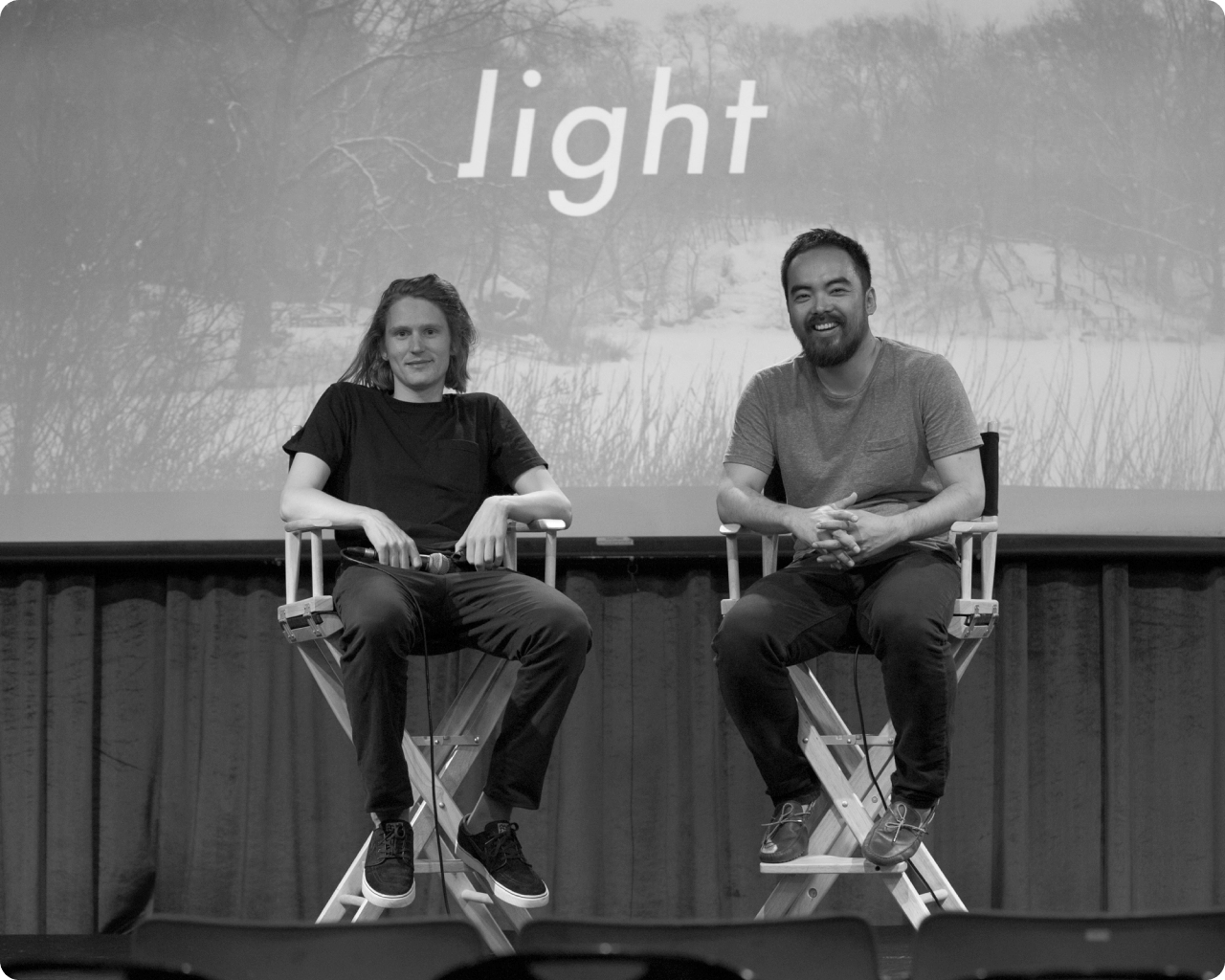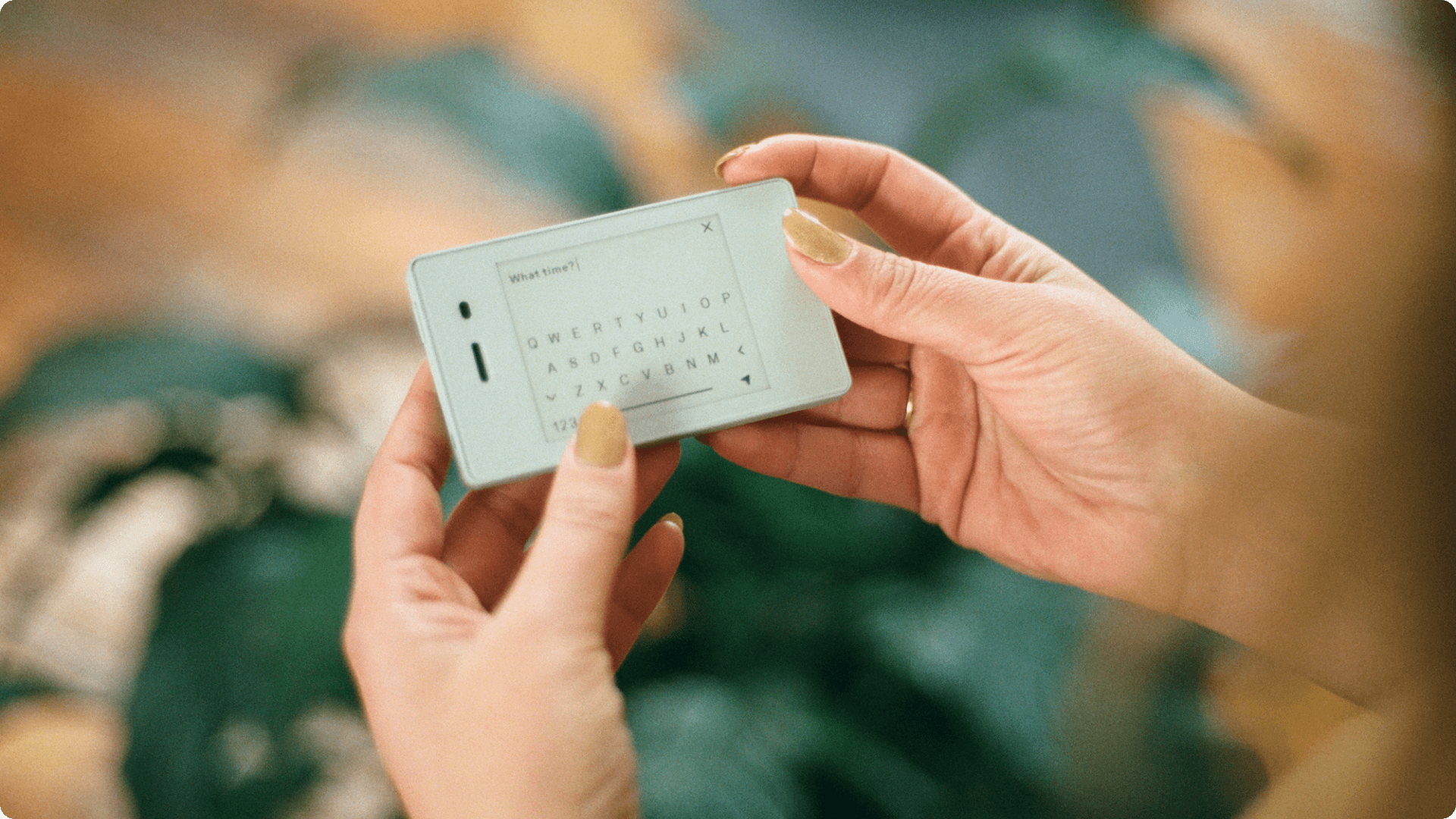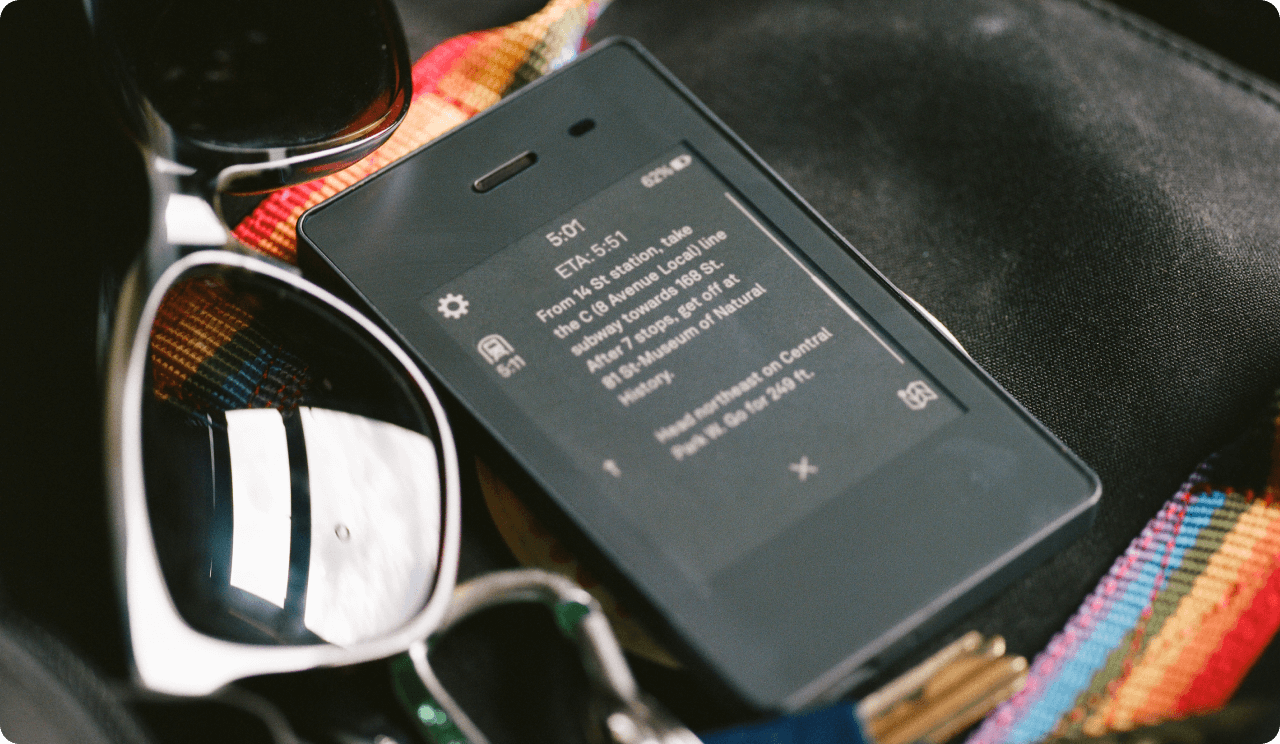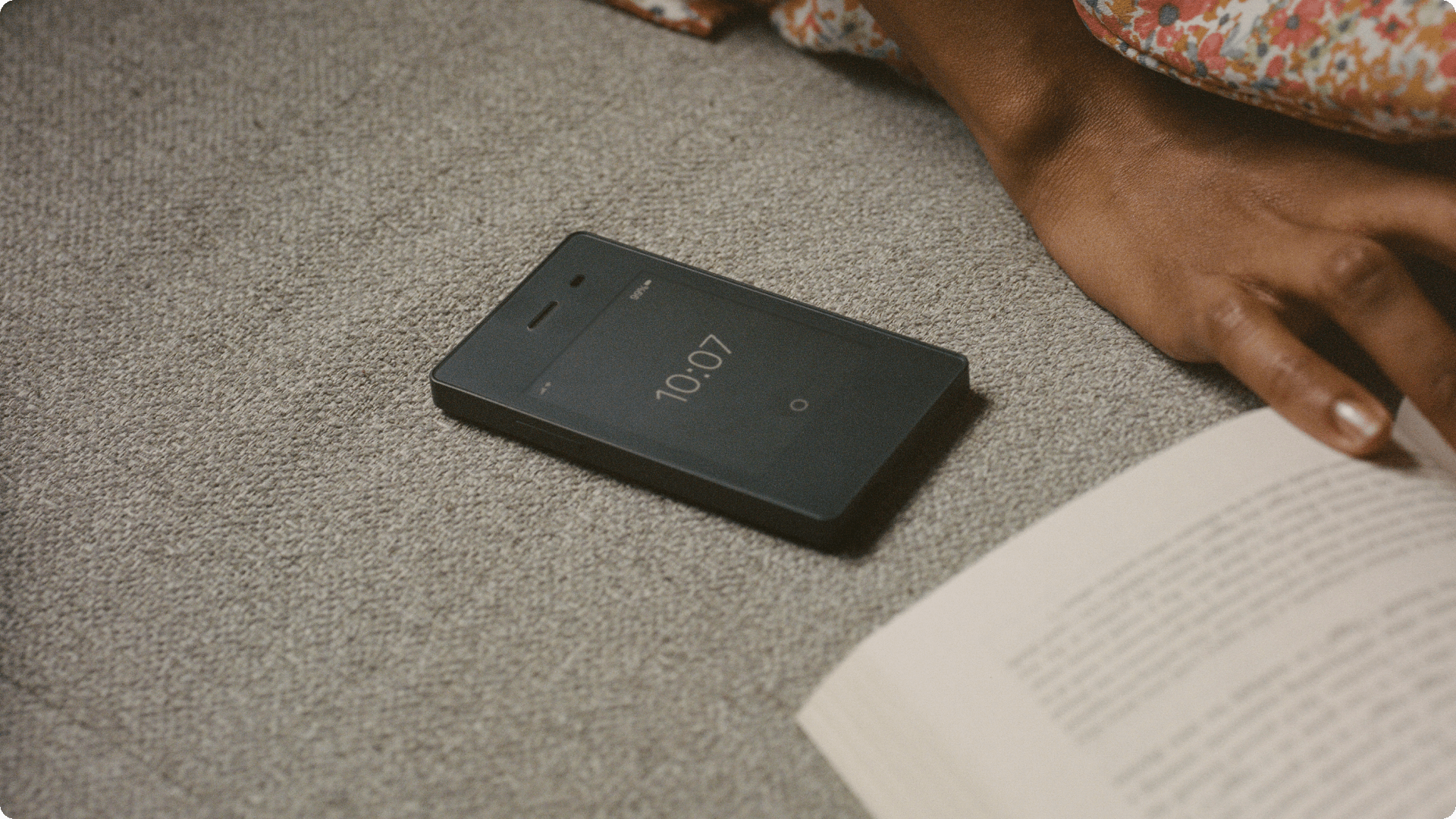Customer
The survey behind the dumbphone" revolution "
How Light researched a heretical tech product: a non-addictive phone.

In 2014, artist, Joe Hollier and Product Designer, Kaiwei Tang, were enrolled in an experimental program by Google. The aim was to leave with a groundbreaking new idea for a tech product — almost certainly, an app. The course was clear about what success would look like. As much usage as possible.
The words that kept popping up were " stickiness" and " retention" —words with connotations of holding someone against their will. Joe and Kaiwei had the same gut feeling. That addictiveness is a sinister goal.
In the years since 2014, product designers have gotten better and better at keeping our attention. The average user is on their phone for 4 hours 10 minutes per day.
No habit can take up that much time without significantly impacting your lifestyle. To choose a different ambition for tech products would be little less than dreaming up a different future.
Let there be Light
Joe and Kaiwei left the program disillusioned— yet inspired. They decided to create Light, an independent hardware company that develops tech for a better lifestyle. Their flagship product shoots for the attention economy’s main artery: the smartphone.
A growing minority of early abandoners are already trading in smartphones for retro flip phones. However, the switch is often impractical. Many carriers no longer support older phones, and most " low-tech" tech is glitchy.
Joe and Kaiwei spotted a gap in the market for a luxury minimalist phone. A handset that retains innovations which offer genuine utility (like the Qwerty keyboard, for instance) but rejects soul-sucking screentime maximization.
The Light Phone doesn’t exactly scream " investor friendly" , so the founders launched a crowdfunding campaign.
Over 4,000 people backed a phone that would do…less. But there were competing visions of what " less" would mean. Some left long, passionate comments about their hopes for a lower-tech lifestyle.
The founders realized it would be more efficient to survey backers’ expectations systematically.
How much " less" is enough?
Joe and Kai' s solution was to make a typeform. Every time someone donated to the Light Phone' s IndieGoGo, the thank-you email linked to a product research typeform:
The form asked backers which phone they currently used, and what role they wanted a Light phone to play in their life. Would it be a smartphone replacement? Or a part-time alternative, a " phone away from phone" ?
Joe and Kai asked almost exclusively multiple choice questions, to make their data easy to digest at a glance.
They asked how backers felt about ten potential Light phone features. They didn' t ask " do you want this feature?" as a Yes/No question. They asked how much users cared about a feature on a scale of 1 to 10. This made it easier for Kai’s team to see backers' priorities, and plan the product roadmap accordingly.
The results were useful, and, occasionally, punched their assumptions in the face.
The Light Phone II' s core functionality is to make calls, send messages, and provide WiFi as a hotspot. Thanks to feedback from this typeform, you can also add an alarm, a calculator, a simple music player, and a podcasts tool. Also by popular demand, Light is working on a simple rideshare app, and a map feature.
Are the features stacking up? Maybe. But notice the red thread—these aren' t gadgets for whiling away the hours. They are all based on utility.
Uniting smartphone refuseniks from all walks of life
It quickly became apparent that the Light Phone doesn’t have a " typical user." Light’s stylized branding beckons a young creative crowd, but apparently smartphone skepticism transcends the things which divide us.
Clearly, it wouldn' t be possible to run a small user test with people in Light' s ideal customer persona. A representative sample of Light phone users would never be in the same room together!
But a typeform could discover their common ground. It would also dodge any geography and timezone related barriers to this customer research. With a form, each backer has an equally weighted say in the final product. Joe and Kaiwei can make a phone for the people.
What happens when your phone leaves you alone?
The terrifying, wonderful promise of the Light Phone is to create a gap in your life. If you cut out a three, four, or five hour per day habit, that' s a wide open space for something better.
It' s a compelling argument. Sure, your smartphone is currently helping you manage your banking, your calendar, and even your career… but is it replacing more than our tools?
For many of us, a smartphone is the first and last thing we interact with every day. It' s fulfilling the emotional role of a baby, a rosary, or perhaps a long-forgotten childhood ambition. Who knows what hidden desires might surface without it.
That sounds a lot like freedom.
Out of interest, how many times have you reached for your pocket while reading this article?







